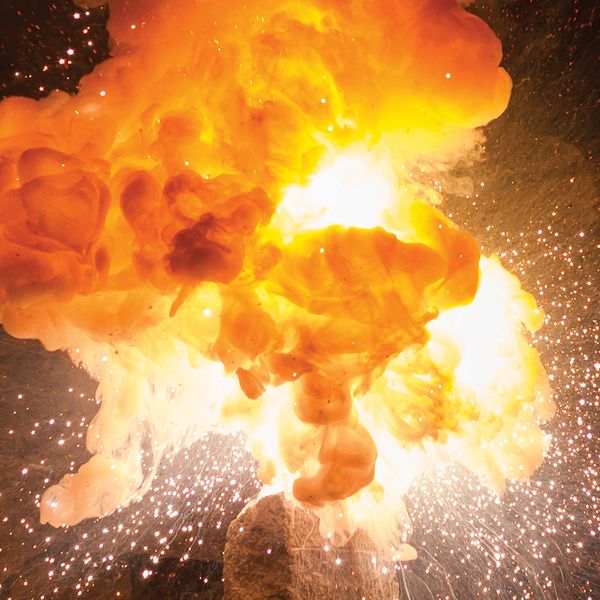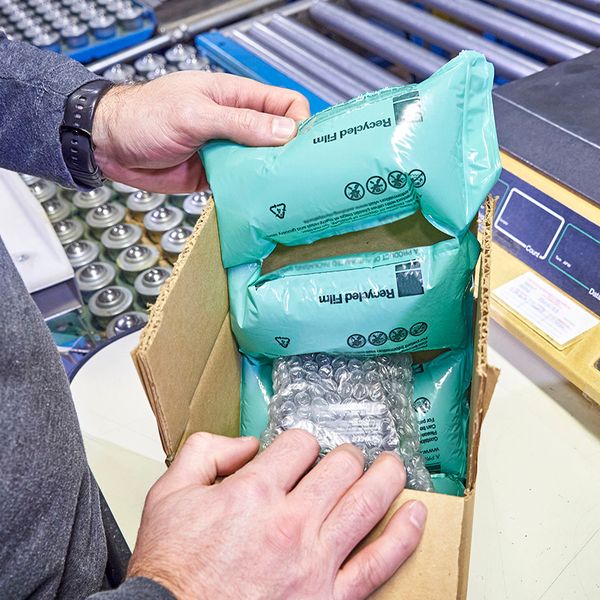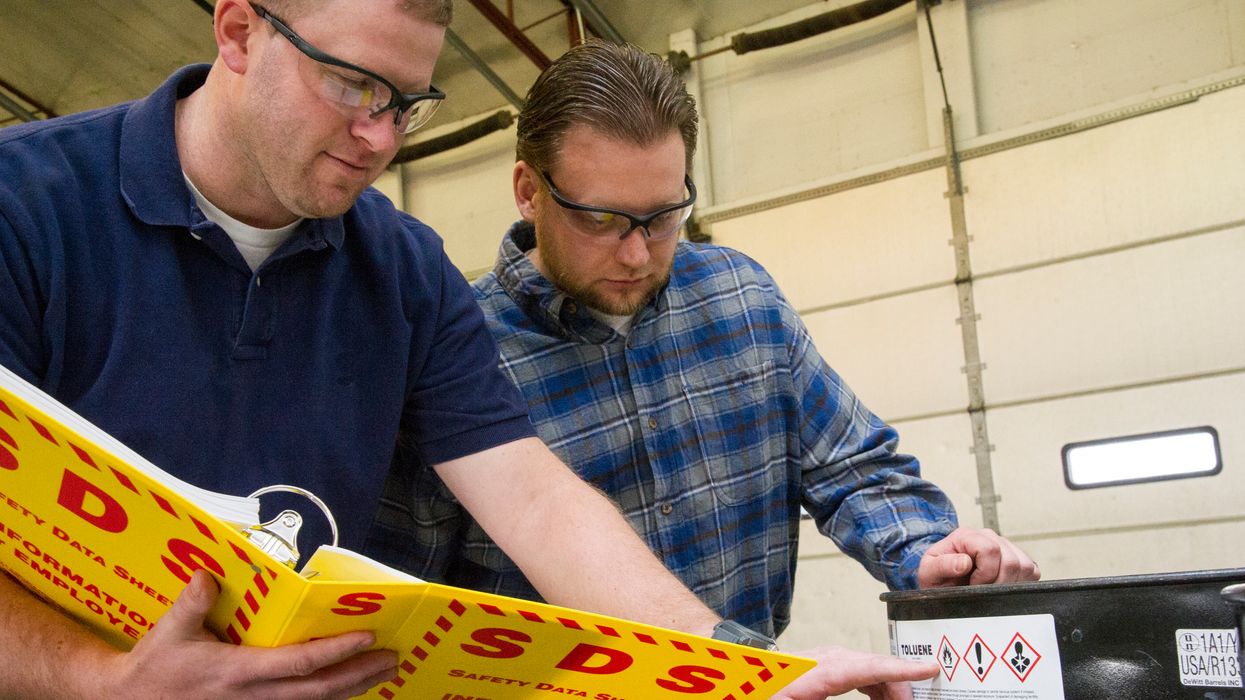Let’s all keep waste workers safe from battery fires
Fires related to lithium-ion batteries (LIBs) in waste management facilities are on the rise in the U.S., and EPA set out to determine why. The agency’s new report, An Analysis of Lithium-ion Battery Fires in Waste Management and Recycling, examines the causes of LIB fires at 64 facilities with the aim of filling in research gaps into the growing problem of fires caused by LIBs in the waste management process.
EPA reviewed publicly available information on LIB fires — usually local news reports — and interviewed industry experts. The report examined 245 fires at the 64 facilities that were caused or likely caused by LIBs. Among the facilities were materials recovery facilities (MRFs), transportation vehicles such as garbage trucks, landfills, electronics recyclers, and transfer stations. The fires occurred between 2013 and 2020 in 28 states. The agency notes that the report likely missed many fires caused by LIBs because some fires are never reported, and news outlets don’t cover every incident.
EPA says that LIB fires occur across the full spectrum of the waste management process, but MRFs experienced the worst of the negative impacts from the fires. Waste processing at MRFs includes processes that can easily damage LIBs and lead to fires, such as machines that crush and consolidate waste.
In the last seven years, of the MRFs identified as having LIB-related fires:
- 78% had to call emergency responders at least once,
- 22% reported injuries,
- 43% faced monetary impacts, and
- 39% had service disruptions.
As LIBs are used in more and more consumer products, increased education and collaboration between consumers, industry, and regulators will only become more important. EPA says it will continue to evaluate approaches to safely managing LIBs.
In the meantime, we can all take steps to make life safer for workers in the waste industry. We can avoid throwing LIBs into the trash; instead, we can take advantage of community hazardous waste collection drives or find an e-waste collection point. Some retailers may offer collection services and you may be able to track one down with a few phone calls. In the best-case scenario, you’ll find a certified battery electronics recycler, which will ensure that critical raw materials in the batteries are reused.



















































